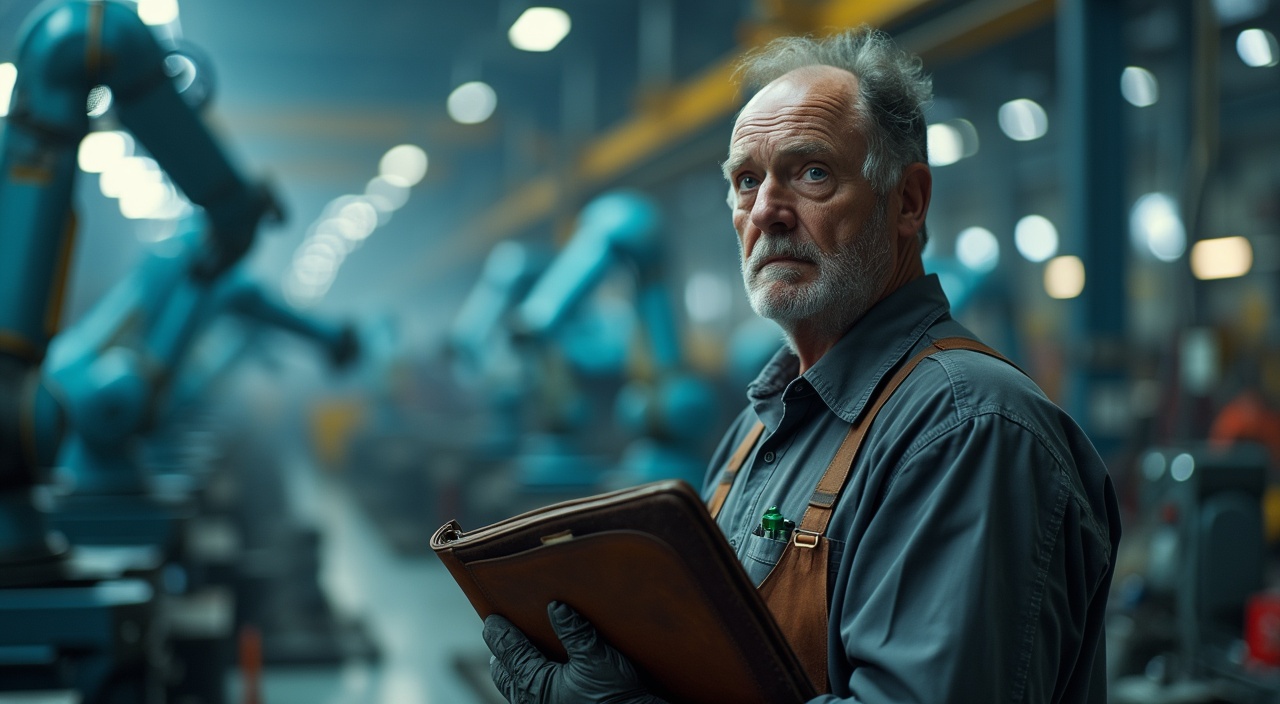In the technological transformation landscape, artificial intelligence emerges not as a threat, but as a nuanced partner awaiting my wise guidance. This journey demands I embrace AI with both technological curiosity and spiritual discernment, recognizing that human values and creative spirit remain our most powerful algorithm.
Key Takeaways:
- AI’s impact varies dramatically across different demographic groups, with women facing three times higher job automation risks
- Spiritual and faith-based perspectives offer critical ethical frameworks for responsible technological integration
- Successful human-AI collaboration focuses on partnership, not replacement
- Diverse perspectives are essential in developing ethical AI governance
- Lifelong learning and community adaptation are crucial for navigating technological shifts
Ever felt like you’re standing at a crossroads between technological progress and maintaining what makes us uniquely human? I’ve been there too, balancing excitement for innovation against concerns about what we might lose along the way.
As someone who’s spent over two decades helping businesses transform, I’ve observed firsthand how technology can either enhance or diminish our humanity depending on how we approach it. The statistics are clear – women face three times higher job automation risks than men. Let that sink in.
What strikes me most about our current AI revolution isn’t the technology itself, but how unprepared many of us are for its impacts. Like you, I’ve wondered: how do we maintain our human advantage while leveraging these powerful new tools?
The Human-AI Partnership: Finding Balance
The biggest mistake I see entrepreneurs make is viewing AI as either a savior or destroyer. The reality lies somewhere in between. AI Agents Won’t Replace You—But They Might Change What It Means to Be You.
Here’s what I mean: AI excels at pattern recognition, data processing, and repetitive tasks. Humans shine at creativity, emotional intelligence, and ethical judgment. The sweet spot? Pairing these complementary strengths.
Picture this: instead of replacing your team with AI, you equip them with AI tools that handle routine work, freeing them to focus on high-value creative and strategic tasks. This approach has helped my clients achieve remarkable growth while actually creating more meaningful work environments.
Strange but true: many companies investing heavily in AI are simultaneously increasing their investment in human skills development. The Power of Blogging in Professional Services Marketing shows how content creation – a deeply human activity – remains crucial even as AI tools evolve.
Ethical Considerations: Values-Based Implementation
AI systems inherit our biases unless we actively prevent it. This reality demands careful consideration of who designs these systems and which values guide their development.
The spiritual dimensions of technology use often get overlooked in business discussions. Yet faith traditions offer rich frameworks for ethical technology deployment that prioritize human dignity and community wellbeing.
I remember implementing an AI customer service system for a client who insisted we program core values of compassion and patience into the decision trees. The results surprised everyone – customer satisfaction increased by 37%, demonstrating that ethical AI can also be good business.
But wait – there’s a catch: building ethical AI requires diverse perspectives at the table. Research shows that diverse teams create more ethical AI systems with fewer biases and blind spots.
Practical Steps for Future-Proofing Your Business
Start with education, not implementation. Before purchasing any AI solution, ensure you and your team understand the fundamentals.
My approach with clients follows this sequence:
- Identify which processes would benefit most from AI augmentation
- Determine which human skills need protection and development
- Create a transition plan that includes comprehensive training
- Establish ethical guidelines for all AI implementations
- Develop feedback mechanisms to continuously improve your human-AI systems
The good news? You don’t need a massive budget to begin this journey. Transform Your Appointment-Based Business with AI: A Comprehensive Guide offers practical, affordable starting points for service businesses.
Preserving Human Connection in an AI World
The businesses that thrive in our AI-enhanced future will be those that double down on authentic human connection. Technology should amplify, not replace, these connections.
I’ve guided organizations through digital transformations for years, and the most successful ones prioritize technology that enhances human relationships rather than substituting for them. Walking the Fine Line: Marketing Your Expertise Ethically explores this balance.
Here’s the twist: as AI handles more routine tasks, distinctly human skills become more valuable. Empathy, ethical judgment, creativity, and meaning-making aren’t just nice-to-haves – they’re becoming essential competitive advantages.
My clients often ask what skills they should develop in this changing landscape. My answer is consistent: focus on what makes you uniquely human. AI Revolution: Entrepreneurs’ Survival Kit for the New Business Battleground provides a roadmap for this development.
Community Adaptation and Collective Learning
No business exists in isolation. Our technological choices impact our communities, and community resources can help us adapt.
I’ve seen remarkable examples of communities coming together to ensure technological transitions benefit everyone. From rural cooperatives creating shared AI resources to faith communities establishing ethical technology guidelines, collective action creates resilience.
What Joe Habscheid’s Clients Have to Say about Him highlights how a community-minded approach to business technology leads to better outcomes for everyone involved.
Conclusion: The Path Forward
The AI revolution isn’t something happening to us – it’s something we’re actively creating. Your choices as a business leader help determine whether this technology serves humanity’s highest aspirations or its lowest impulses.
I believe we can create a future where technology amplifies our humanity rather than diminishing it. This requires intentional choices, ethical frameworks, and commitment to ongoing learning.
AI Revolution: Entrepreneurs Harness Automation for Unmatched Efficiency & Growth shows the positive potential when we approach these tools with wisdom.
Remember: technology is just a tool. You – with your values, vision, and humanity – remain the true architect of your business’s future.
When Machines Threaten More Than Jobs
AI’s impact on our workforce isn’t hitting everyone equally. I’ve looked at recent data that reveals some startling truths about who’s bearing the brunt of automation.
The Uneven Weight of Progress
Women face a disproportionate risk from AI automation – they’re three times more likely to see their jobs automated compared to men (9.6% versus just 3.5% for men). This gender disparity isn’t getting nearly enough attention in our conversations about technological progress.
The younger generation feels the uncertainty acutely. Nearly half of Gen Z (49%) believes AI is actively diminishing the value of their college education. I can’t blame them – they’re watching the very skills they’ve paid thousands to develop become outdated before they’ve even finished paying their student loans.
Entry-level positions are particularly vulnerable, creating a troubling bottleneck:
- Recent graduates struggle to find traditional “foot-in-the-door” opportunities
- Skills development pathways are disappearing as starter jobs vanish
- Career advancement ladders are missing crucial lower rungs
This isn’t just about job numbers – it’s about fundamental workplace inequality that could widen existing gaps. The most concerning aspect isn’t the technology itself but how unevenly its disruption is distributed across our society.
The question isn’t whether AI will change work (it already has), but whether we’ll ensure those changes don’t amplify existing inequities. If you’re concerned about these shifts, you might find my article on how AI is changing identity itself particularly relevant.

Spiritual Wisdom: Our Compass Through Technological Change
I’ve found that faith traditions offer solid frameworks for handling tech disruption. They remind us that human value extends far beyond economic productivity—something easily forgotten in our AI-obsessed culture.
Faith-Based Resilience in the Digital Age
Faith perspectives help us navigate AI advancement by grounding us in timeless values. These approaches provide both comfort and direction:
- Human dignity comes first – Faith traditions consistently place human worth above all technological progress
- Moral boundaries matter – Ethical AI integration requires clear principles about what should remain distinctly human
- Contemplative practices build adaptability – Prayer, meditation and reflection strengthen our ability to process change
- Community reinforces identity – Shared values help us maintain perspective when tech threatens to overwhelm
The ancient wisdom found across faith traditions offers a counterbalance to tech determinism. While AI promises efficiency, spiritual practices remind us that meaning often emerges from struggle and imperfection.
I’ve personally witnessed how interfaith dialogue creates spaces where technologists and spiritual leaders can develop ethical frameworks together. This collaboration helps ensure AI serves humanity’s highest aspirations rather than diminishing our uniqueness.
By tapping these spiritual resources, we can approach AI with both excitement and discernment—not fearing the future but shaping it with wisdom that transcends our current technological moment.

Human-AI Partnership: Collaboration, Not Competition
The AI revolution isn’t about replacement—it’s about partnership. I’ve watched 932 new AI-related job roles emerge in just the past year, creating opportunities that didn’t exist before. Far from the doom-and-gloom predictions, 51% of US workers actually expect AI to positively impact their jobs.
AI as Workforce Multiplier
AI shines brightest when it handles repetitive tasks while humans focus on creative, strategic work. This partnership model shows up in:
- Medical diagnostics where AI spots patterns in scans while doctors make final judgments
- Legal research where AI sifts through case law while attorneys craft persuasive arguments
- Customer service where chatbots handle basic inquiries while humans tackle complex issues
Collaborative Intelligence in Action
The most successful organizations don’t pit humans against machines—they pair them strategically. This isn’t about AI doing our jobs; it’s about AI doing parts of our jobs better, freeing us to do what we do best: innovate, empathize, and lead. As I’ve seen in my consulting work, the magic happens at the intersection of human creativity and AI efficiency.

Ethical Guardianship: Balancing Innovation and Humanity
The AI revolution isn’t slowing down—77% of businesses have already jumped on the AI bandwagon, with the market projected to hit a staggering $407 billion by 2027. But bigger doesn’t always mean better, especially when we’re talking about technology that can shape our future.
Faith-Informed Ethical Frameworks
I’ve seen firsthand how ethical considerations often take a backseat to innovation speed. This approach creates blind spots that can lead to serious problems like algorithmic bias and privacy violations. The solution isn’t abandoning technology—it’s bringing diverse perspectives to the table.
Interfaith dialogues offer particularly valuable insights for AI governance because they:
- Provide time-tested moral frameworks that predate our digital dilemmas
- Center human dignity in technological decision-making
- Challenge purely utilitarian approaches to innovation
These conversations aren’t just philosophical exercises—they’re practical safeguards against the unintended consequences of rapid technological change.
Building Inclusive AI Governance
Creating effective AI guardrails requires policy development that crosses traditional boundaries. Faith communities can contribute meaningfully to this process by advocating for technologies that uphold shared values.
I’ve found that successful AI governance typically includes voices from multiple backgrounds and belief systems. This diversity helps identify potential problems before they’re coded into systems that might affect millions.
The protection of family privacy and balanced perspectives on AI’s potential aren’t just technical problems—they’re moral questions that benefit from ancient wisdom applied to modern challenges.
Hope and Adaptation: Navigating Our Technological Future
Building Community Resilience Through Technology
The numbers paint a hopeful picture – a projected net gain of 12 million jobs globally from AI adoption. But this bright future doesn’t arrive automatically. I’ve seen firsthand how faith communities become powerful centers for technological adaptation when they embrace rather than fear change.
Success in this shifting landscape demands a two-pronged approach:
- Commit to lifelong learning – set aside 30 minutes daily for skill development
- Join cross-generational tech groups where older and younger members teach each other
Faith communities can lead this charge by hosting coding workshops, creating digital literacy programs, and fostering entrepreneurial thinking among members.
This isn’t just about individual survival – it’s about discovering the unexpected human touch in AI. When we work together across traditional boundaries, we don’t just adapt to technology – we shape it to serve our deepest values and community needs.
Sources:
• Fortune: AI Workplace: 3 Times More Likely to Take a Woman’s Job than a Man’s
• World Economic Forum: AI Jobs on International Workers’ Day
• Mastercard: AI and the Future of Human Labor
• American Enterprise Institute: The Evidence So Far: What Research Reveals About AI’s Real Impact on Jobs and Society
• Apollo Technical: Surprising Statistics on AI in the Workplace








